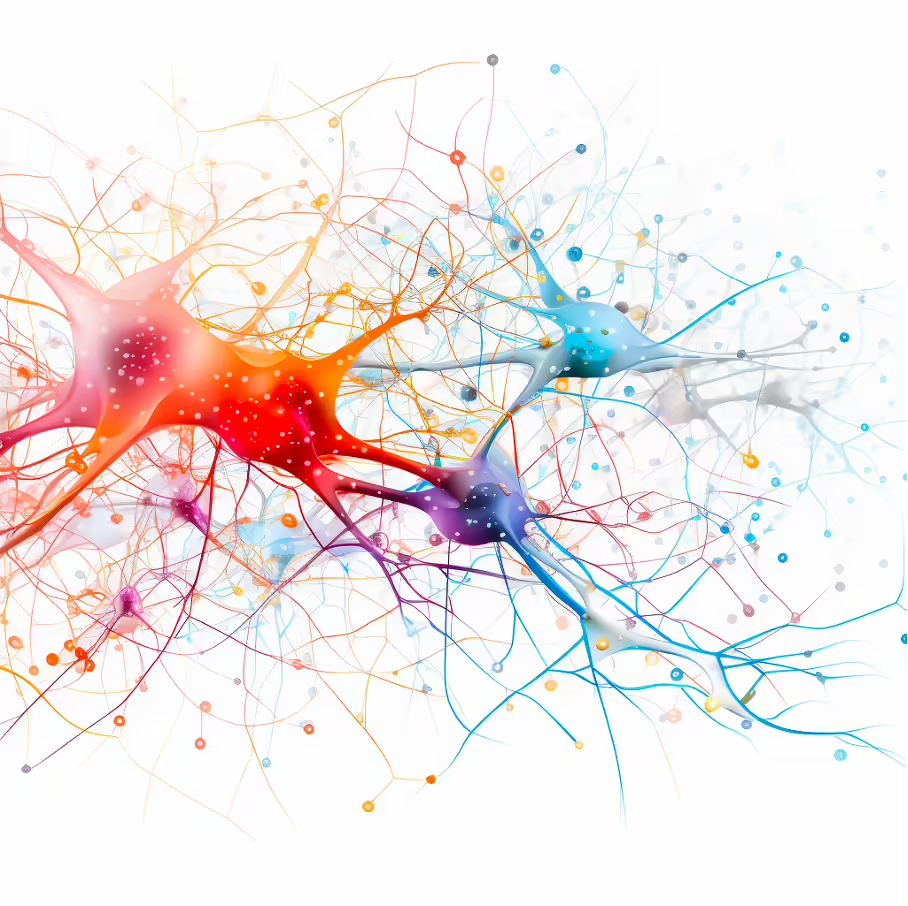Neural Networks: The Architecture of the Artificial Brain
Neural networks, often referred to as the heart of modern artificial intelligence (AI) and machine learning (ML), are systems inspired by the structure of the human brain that aim to simulate human-like intelligence and learning abilities. This article provides an in-depth look at neural networks, how they work, types, and the role they play in the current technological landscape.
What are Neural Networks?
A neural network is a network of artificial neurons or nodes modeled after the human brain. In a neural network, data is processed by a system of neurons arranged in layers that can recognize complex patterns and relationships in the data.
How neural networks work
- Input Layer: The input layer takes in the input data and passes it on to the next layers.
- Hidden layers: These layers perform complex calculations and are key to processing and interpreting the input data.
- Output Layer: The output layer outputs the result of data processing, be it a classification, a prediction or another form of output.
- Weights and biases: Each connection between neurons has a weight, which indicates the strength of that connection, and a bias, which influences a neuron's propensity to activate.
- Activation function: Determines whether a neuron is activated based on the combination of input data, weights and biases.
Types of Neural Networks
- Feedforward networks: The simplest type of neural network in which data only flows in one direction, from input to output.
- Recurrent Neural Networks (RNN): These networks have loops that allow them to store information from previous steps, making them ideal for sequential data such as time series or language.
- Convolutional Neural Networks (CNN): Specialized in processing image data, CNNs can recognize patterns in images and are often used in image and video editing.
- Deep Neural Networks (DNN): Characterized by many hidden layers, enable deeper and more complex processing of data.
Applications of neural networks
- Image and voice recognition: From facial recognition in smartphones to voice assistants.
- Medical Diagnostics: Help analyze medical images and data.
- Financial Modeling: Used for predicting market trends and managing risk.
- Automated translations: Makes machine translations smoother and more accurate.
- Autonomous vehicles: For processing data collected by sensors and cameras.
Challenges and future prospects
- Complexity and resource requirements: Neural networks, especially deep networks, require significant computing power.
- Explainability: Many neural network models are “black boxes” whose decision-making processes are difficult to understand.
- Data requirement: Effective neural networks require large amounts of high-quality data.
The future of neural networks looks promising, with ongoing research and improvements in areas such as network architecture, efficiency and explainability. Neural networks will continue to play a key role in creating intelligent, adaptive systems and have the potential to transform many aspects of how we live and work.
Conclusion
Neural networks represent a significant advance in AI and machine learning and are already having a profound impact on various industries and research areas. While they present challenges in terms of complexity, data requirements and explainability, they offer enormous opportunities for innovation and evolution. In the future, they could become even more sophisticated and efficient, leading to further breakthroughs in technology and beyond.






